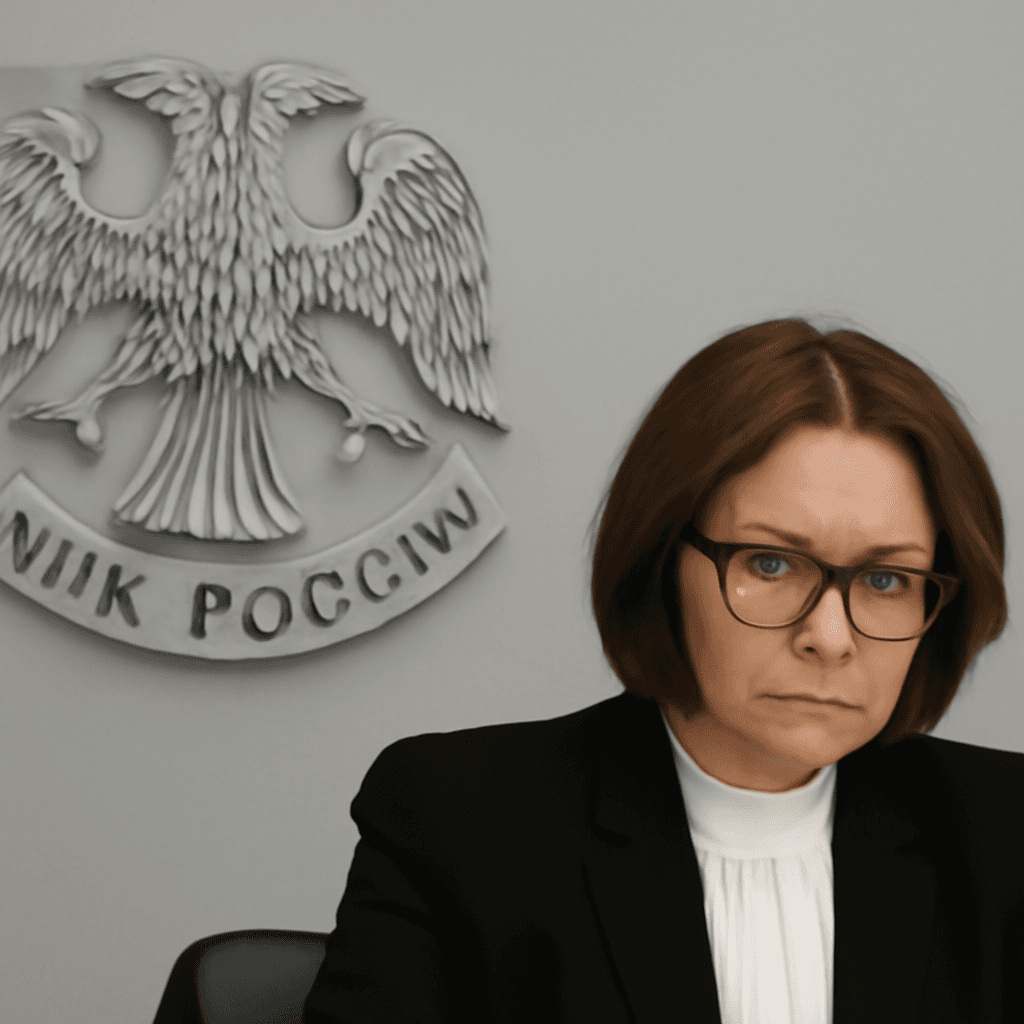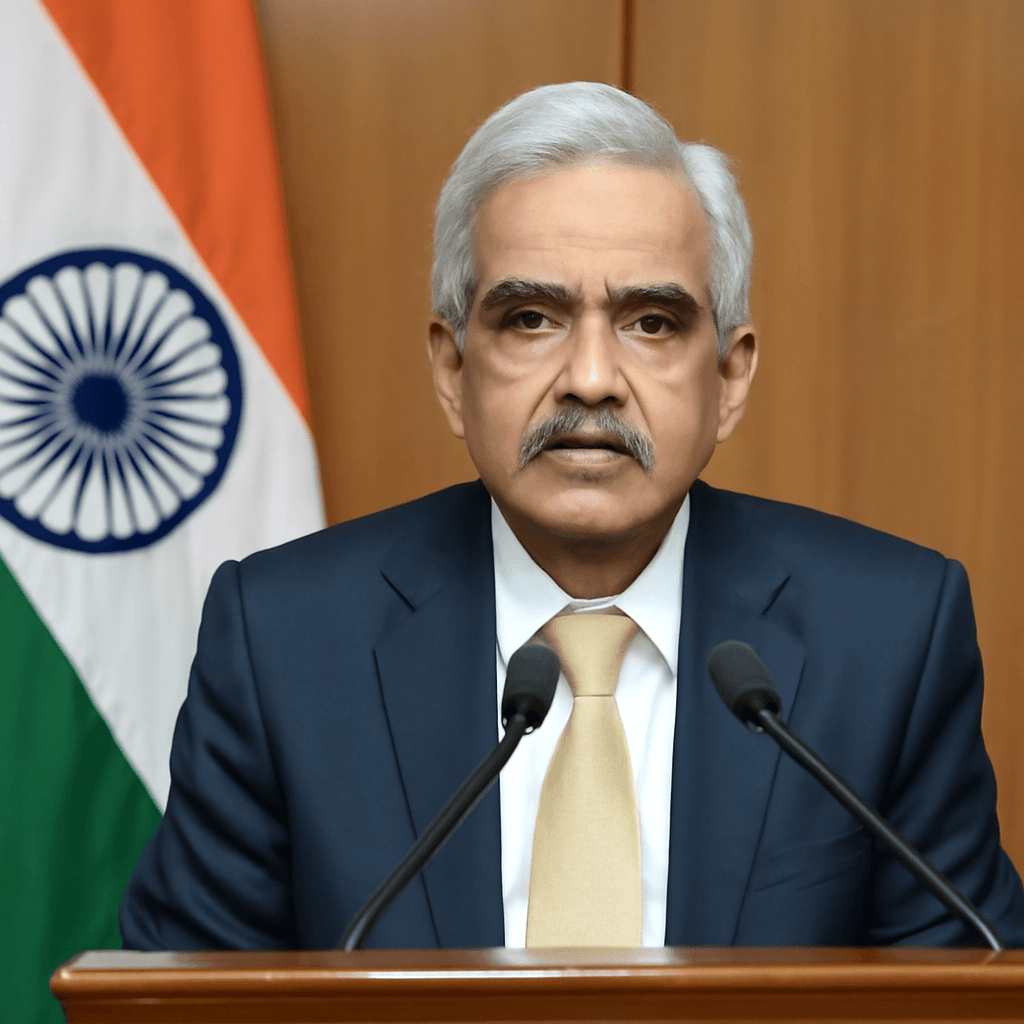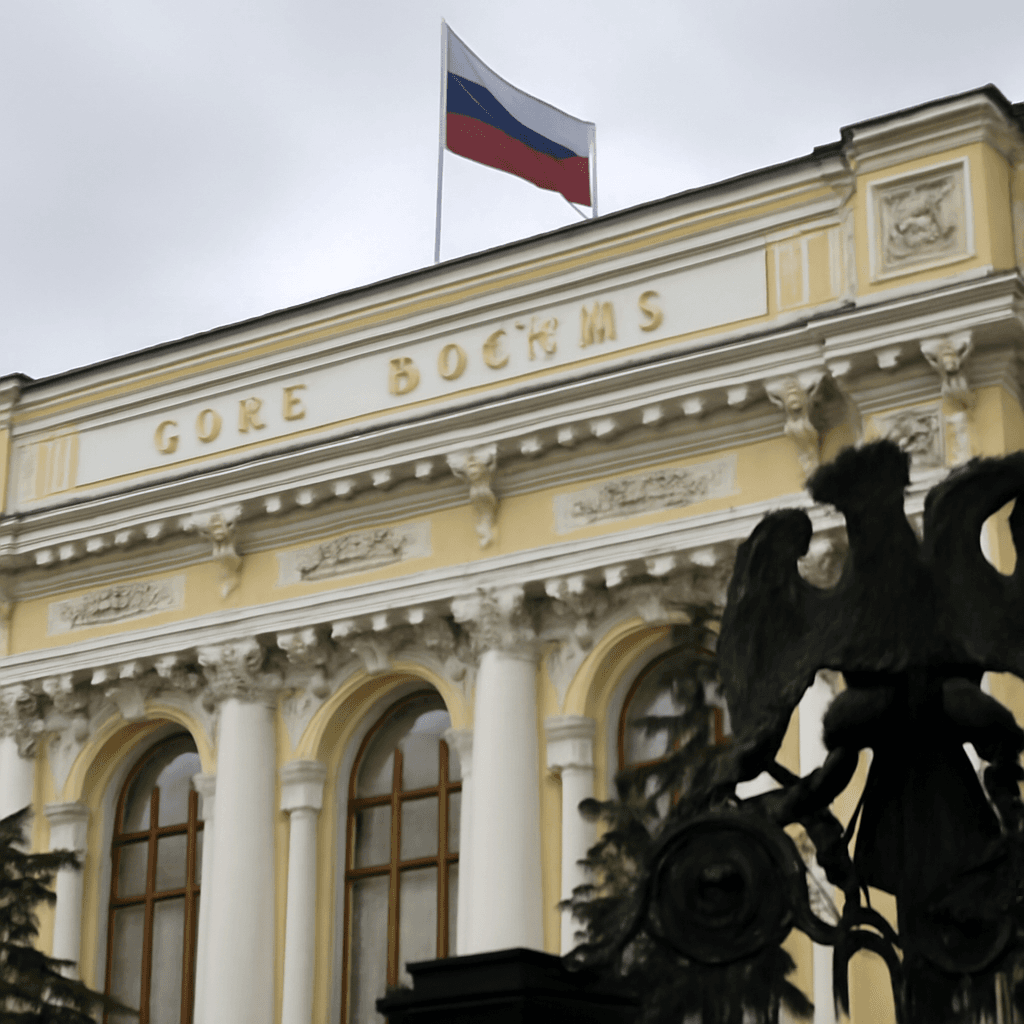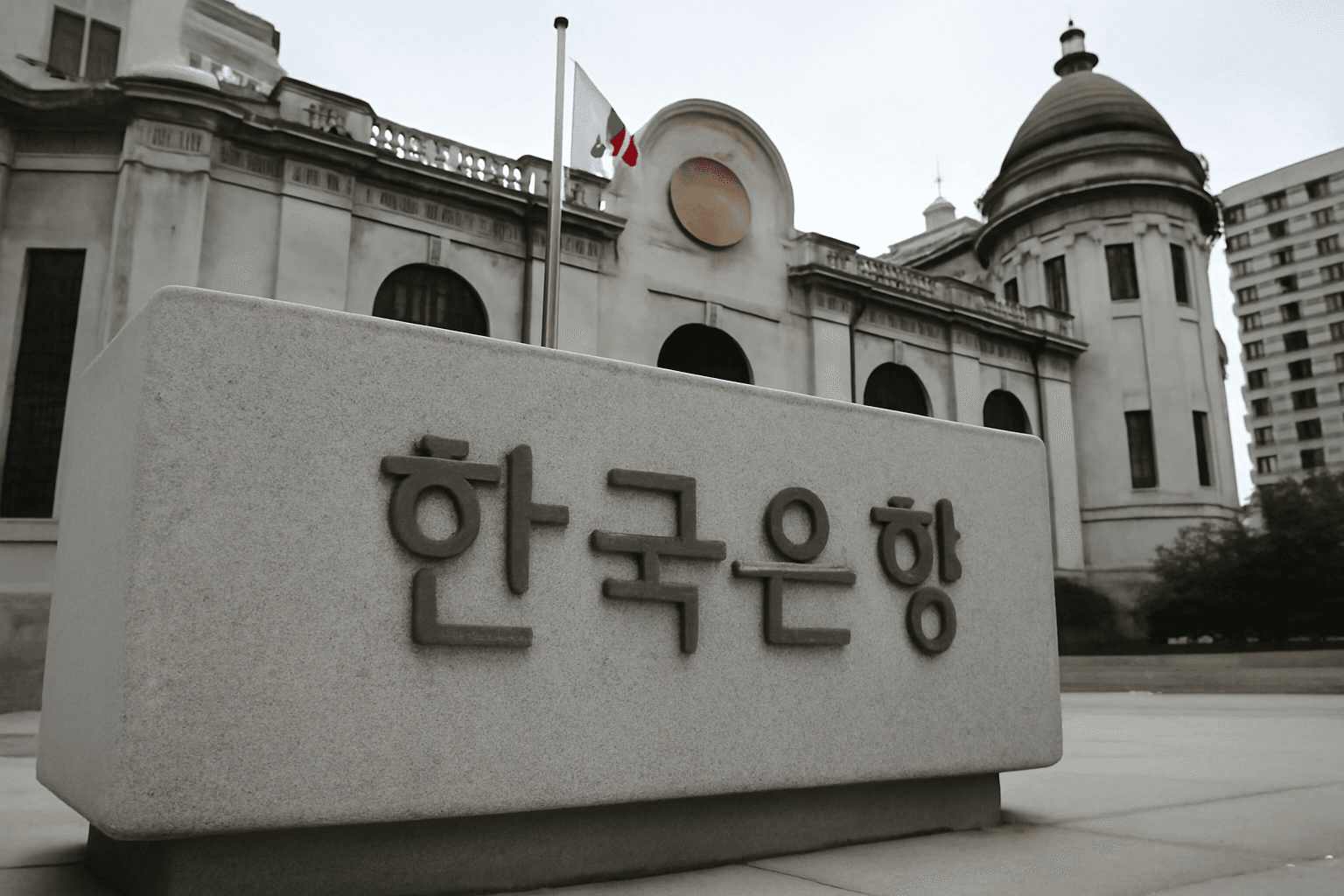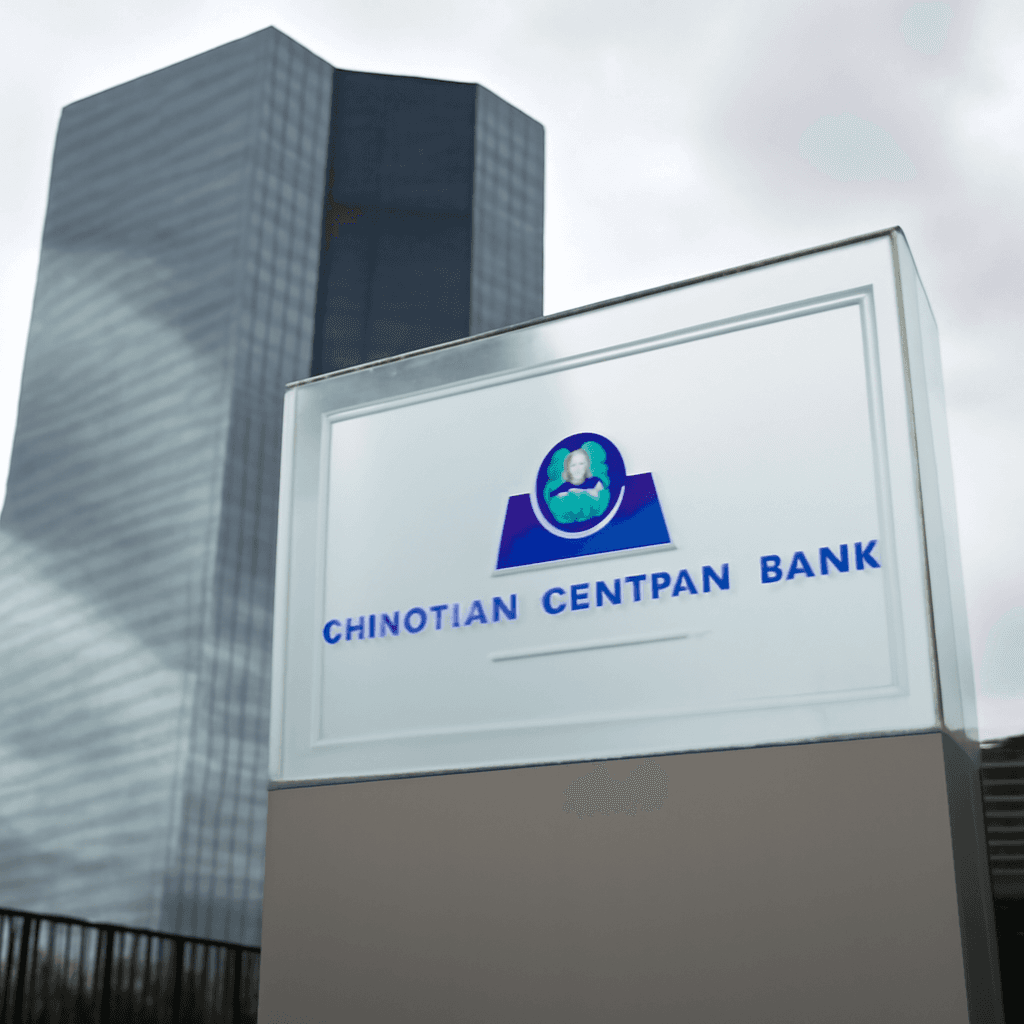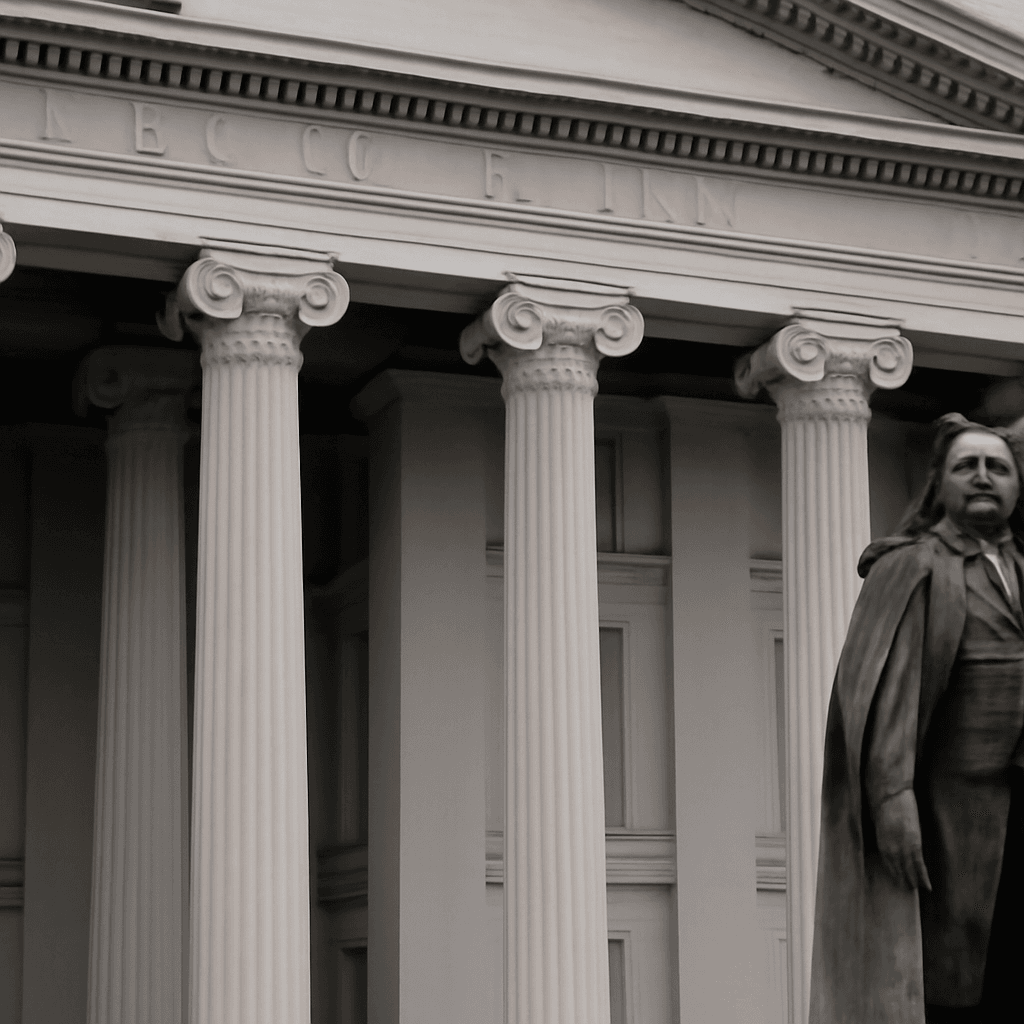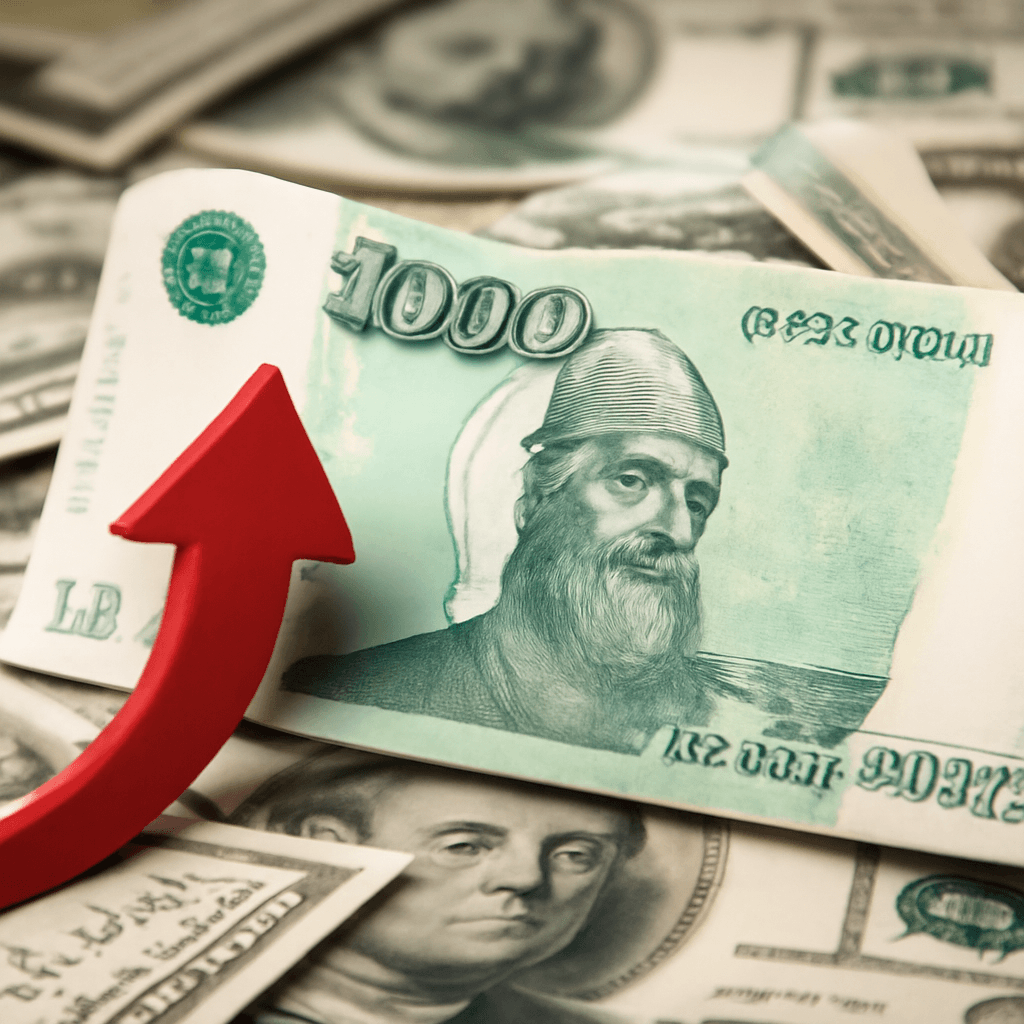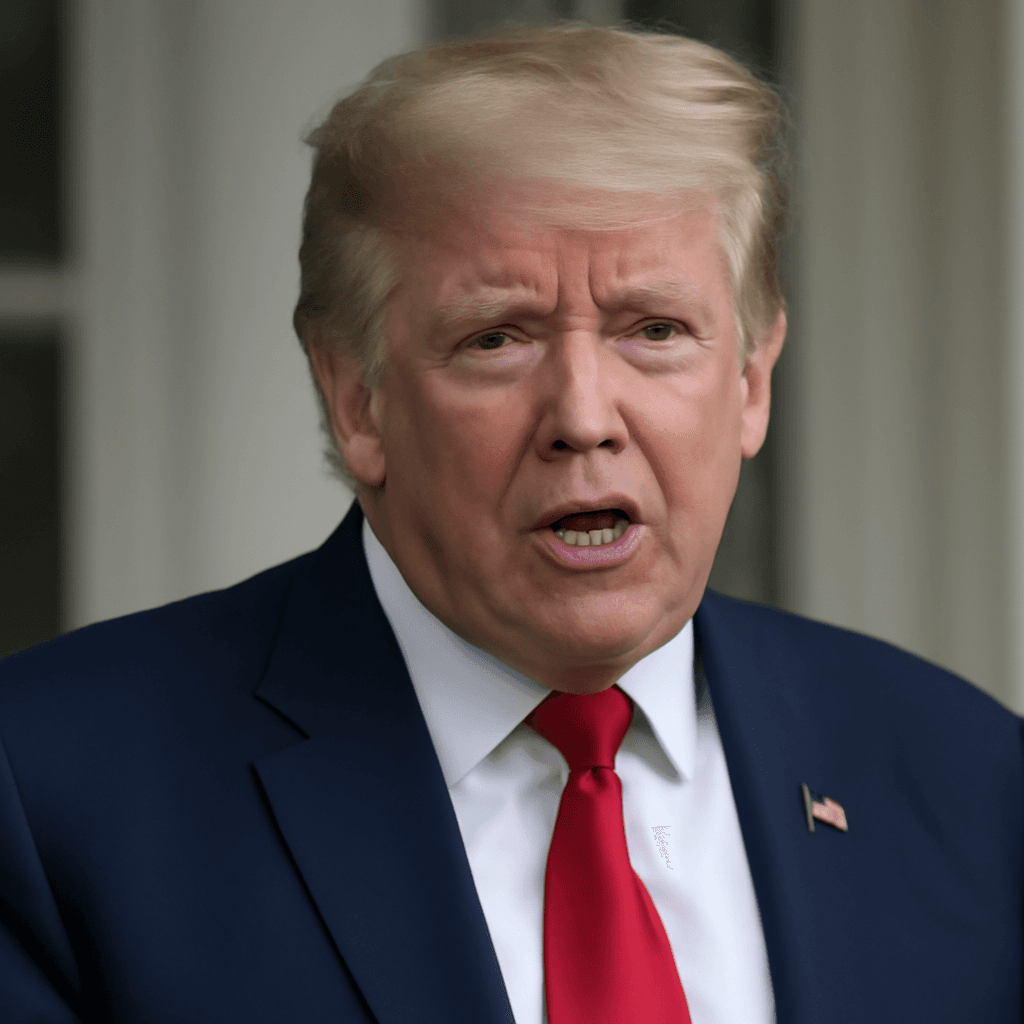Central Bank Sees Growing Pressure to Ease Interest Rates
Russia’s central bank governor, Elvira Nabiullina, is encountering increased pressure from the Kremlin to reduce the key interest rate, as businesses grapple with soaring borrowing costs and broader economic stress beyond the military sector.
Currently, the benchmark rate stands at 21%, a level maintained since October to combat inflation, which peaked above 10% late last year against a target of 4%. The elevated rate has helped reduce inflation to 6.2% in April from 10.7% in January, but this decline has been largely influenced by a stronger ruble, raising concerns about sustainability.
Economic Strain Evident Among Industrial Firms
High interest rates are exerting pressure on many sectors of the economy. Industrial firms not linked to defense have begun scaling back investments. For example, steelmaker Severstal PJSC reported a negative cash flow of 33 billion rubles ($421 million) in the first quarter, a significant decline from positive cash flow the previous year. The company attributes this deterioration to borrowing costs that delay customer projects and resorting to cash reserves.
Severstal has advocated for a rate cut to at least 15% to restore more normal business conditions.
Signs of Widespread Economic Slowdown
Additional indicators point to a broad economic slowdown. Multiple major companies have canceled dividend payments for 2024, and production of civilian goods declined by 0.8% monthly during the first quarter, reaching the lowest level since April 2023.
Compounding these challenges, oil and gas export revenues have fallen due to lower global crude prices and a strengthened ruble. The government has responded by revising budget forecasts and significantly increasing the fiscal deficit target.
Central Bank's Delicate Balancing Act Ahead of Key Meeting
In an effort to alleviate business hardships, the central bank recently advised lenders to restructure loans and temporarily lowered reserve requirements on restructured credit. Officials now face a complex choice: maintaining high rates risks pushing the economy into recession, while reducing rates could trigger a resurgence in inflation.
Market participants and government officials are closely watching the upcoming central bank meeting, where a decision to cut rates may be announced imminently.

